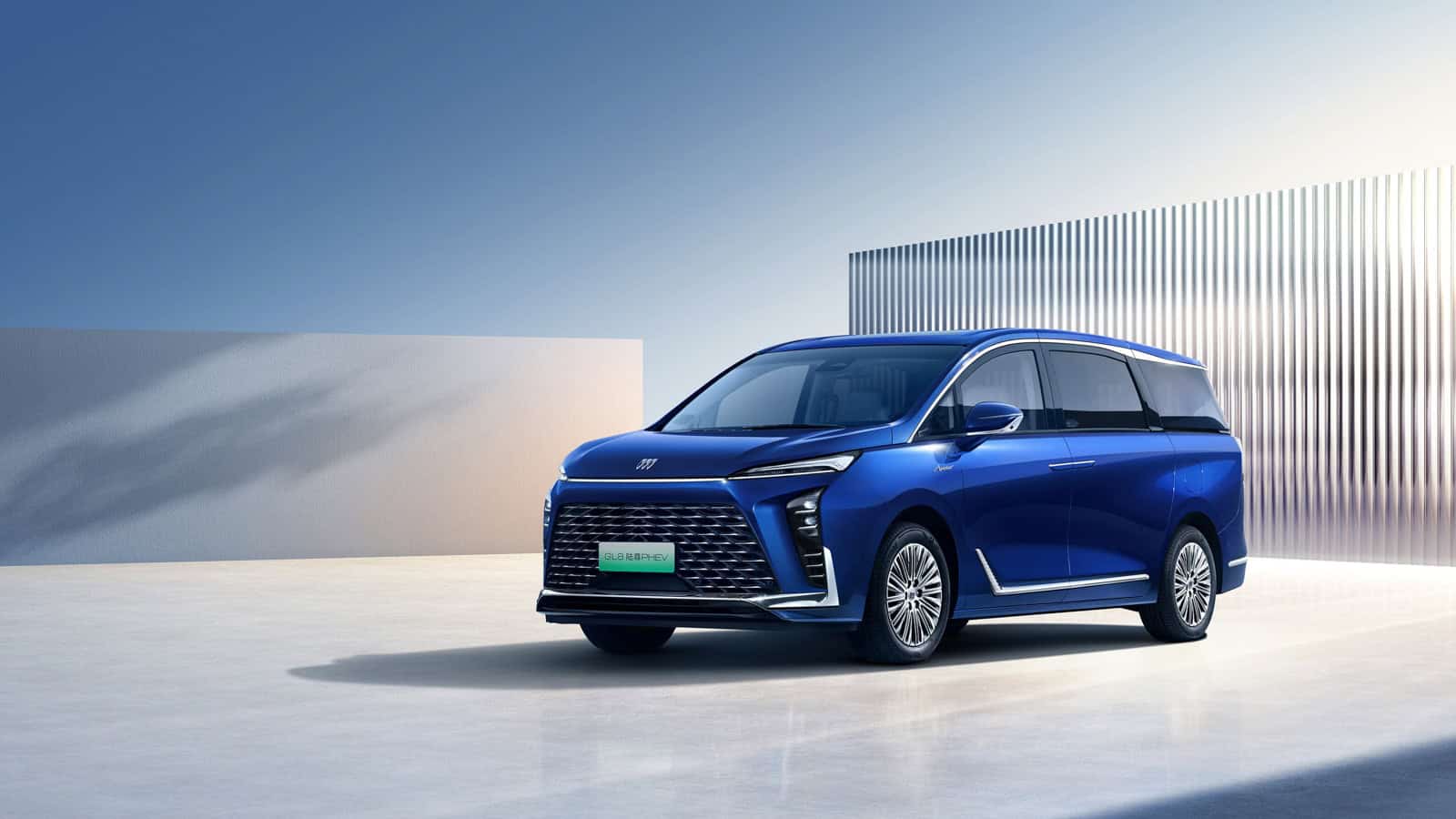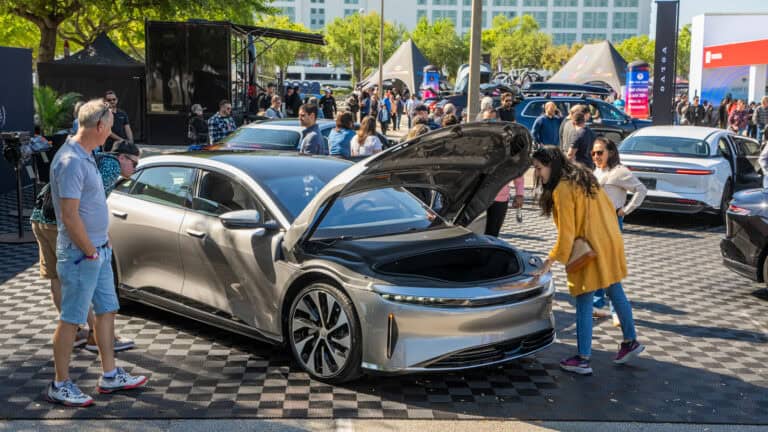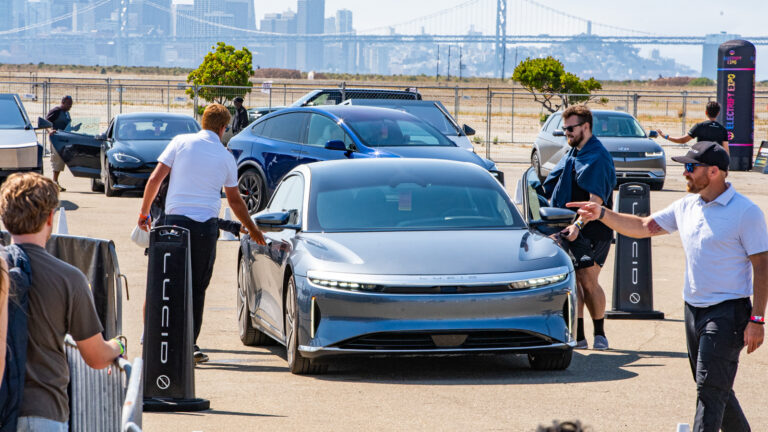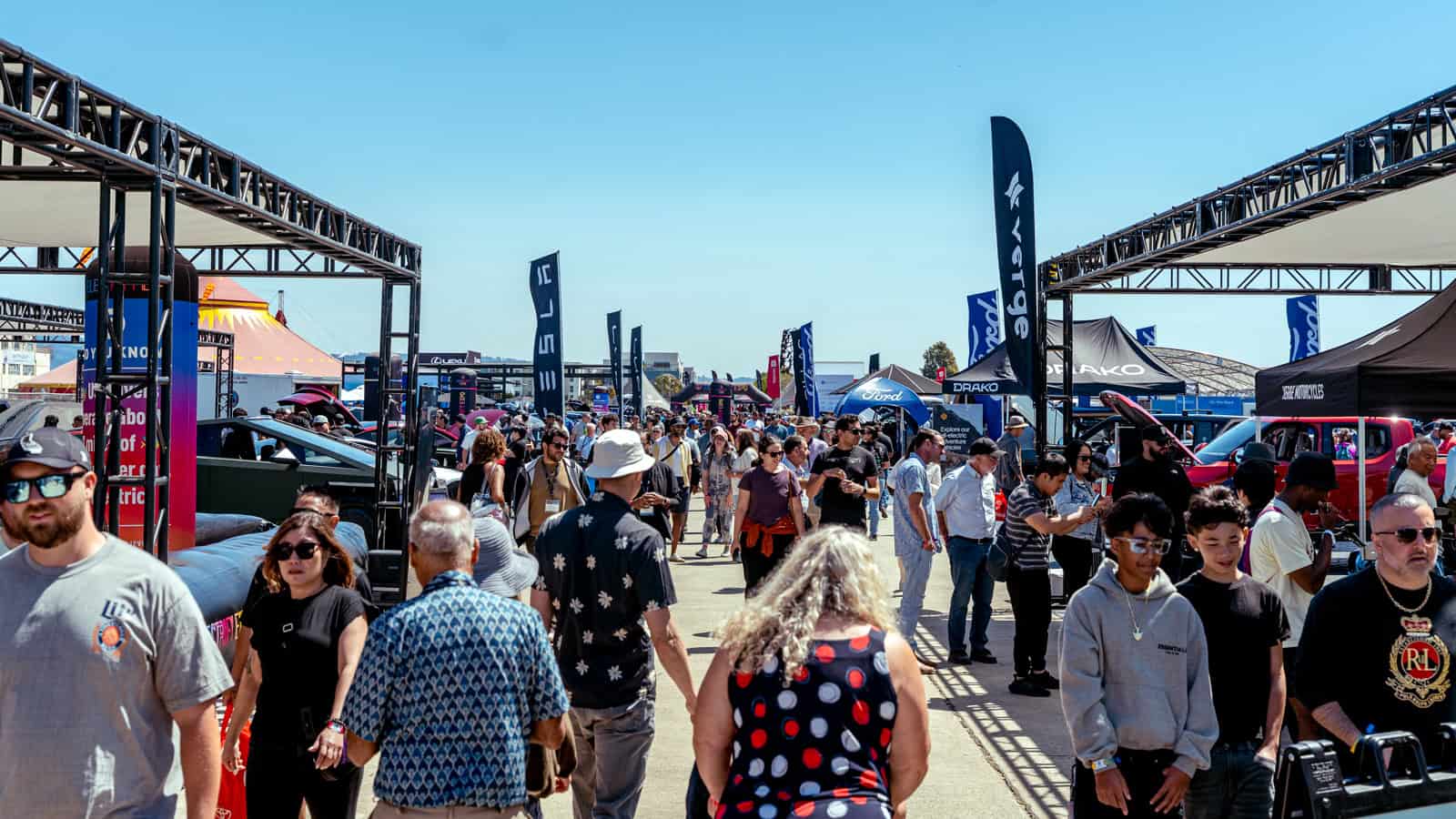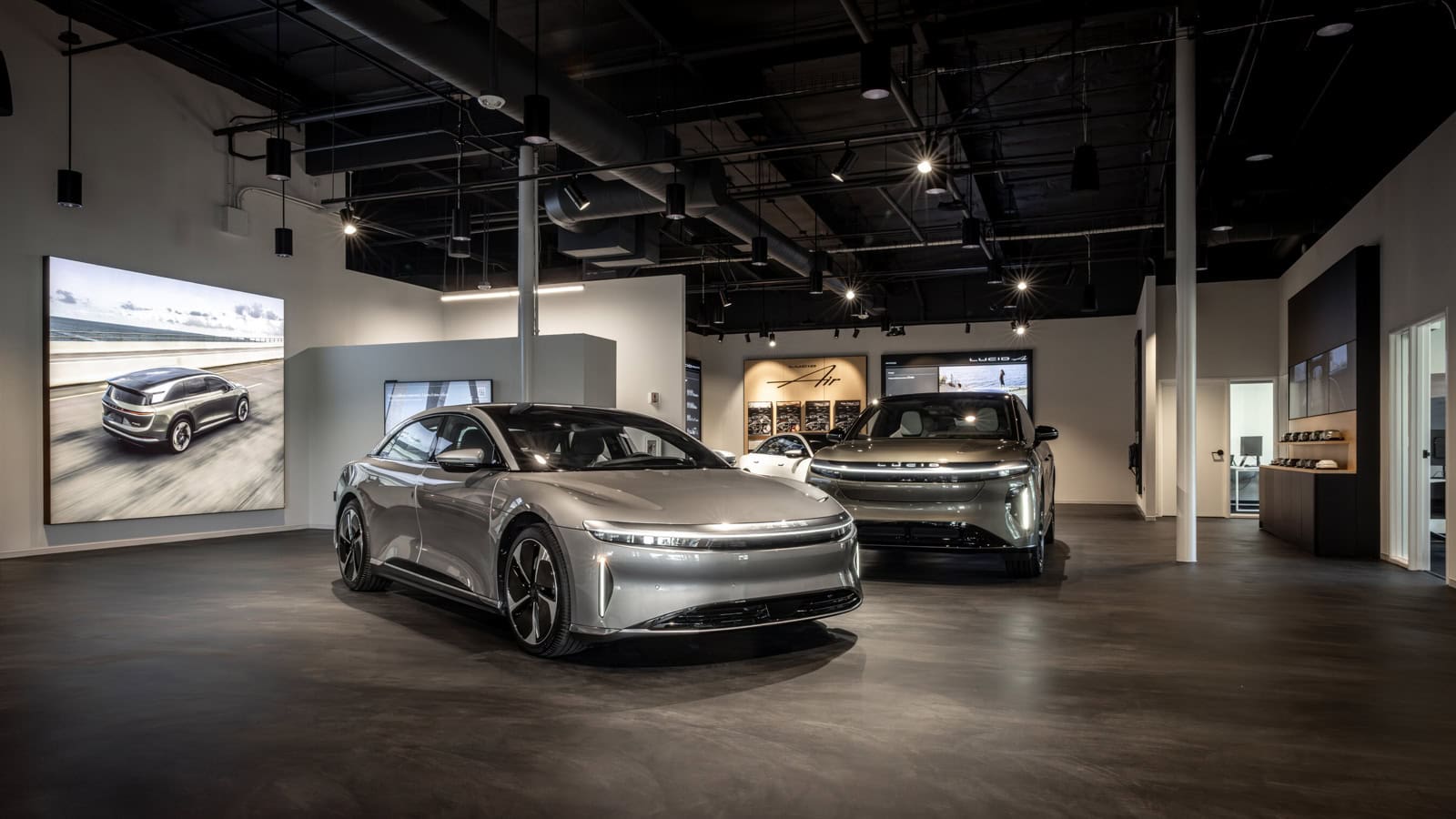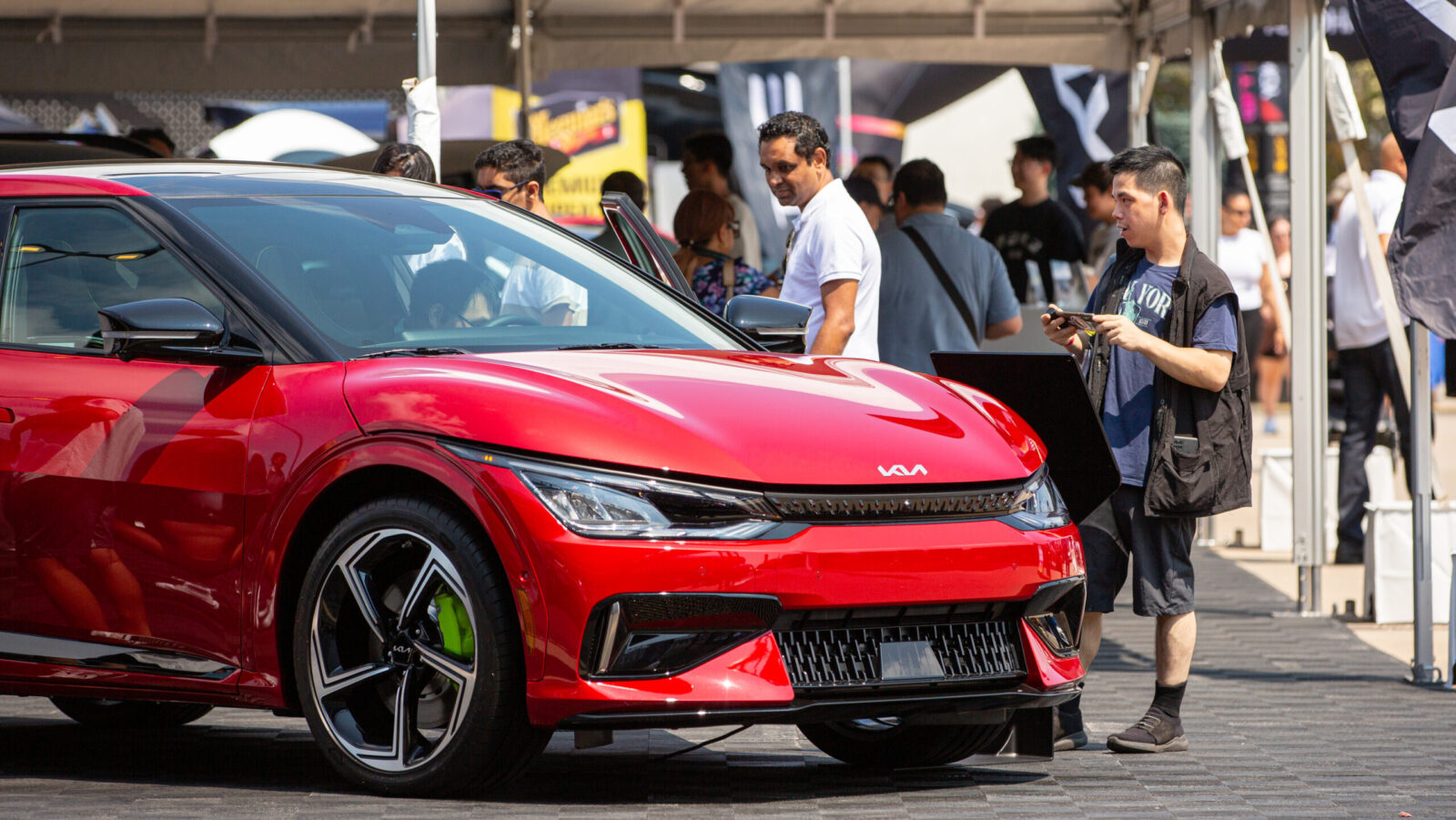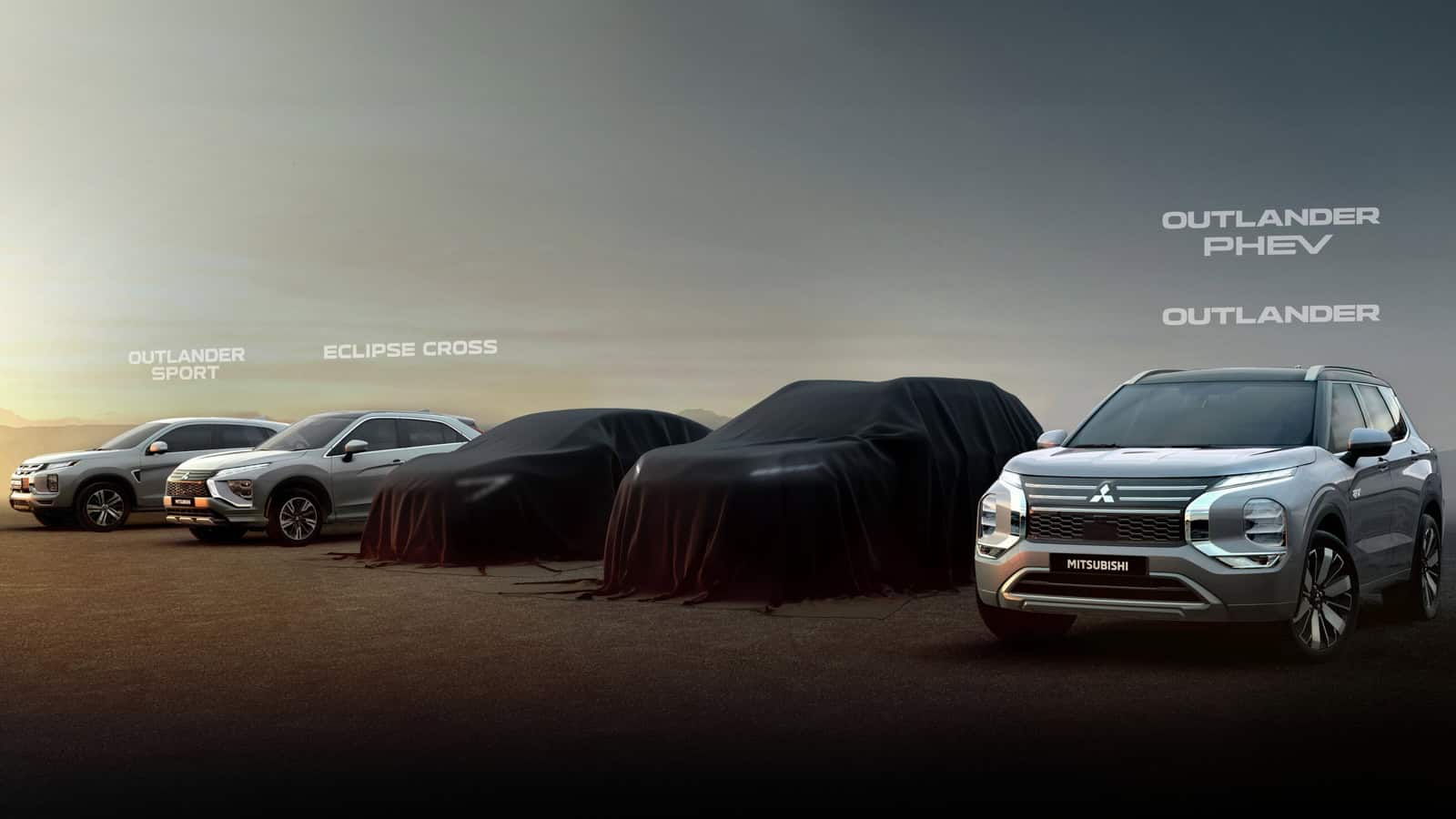- GM sold more EVs and hybrids than gas cars in China for the first time in Q3 2024, with over 224,000 NEVs) delivered.
- GM’s China deliveries grew by 14.3% in Q3 2024, reaching over 426,000 vehicles sold, including Buick, Cadillac, Chevrolet, and SAIC-GM-Wuling brands.
- SAIC-GM-Wuling joint venture led GM’s EV growth with over 328,000 deliveries.
General Motors (GM) is experiencing huge growth in China’s EV market, but things look very different in the U.S., and that’s a problem. In the third quarter of 2024, GM and its joint ventures delivered over 426,000 vehicles in China, a massive 14.3% growth compared to the previous quarter. More than 52.7% of these deliveries, or over 224,000 vehicles, were new energy vehicles (NEVs), including battery electric vehicles (BEVs) and plug-in hybrids (PHEVs).
And for the first time, GM’s sales of NEVs surpassed its internal combustion engine (ICE) vehicle sales in China. This represents a 60.7% year-on-year increase in NEV deliveries, highlighting the growing demand for electric vehicles (EVs) in China.
ADVERTISEMENT
Now, let’s look at the U.S., where the growth, while improving, still falls far behind.
When you look at GM’s quarterly results in North America, the difference is clear. In the U.S., GM delivered only around 32,000 EVs in Q3 2024, just a fraction of what it sold in China. The same company driving an all-electric future abroad is struggling to hit even a quarter of those sales back home. These numbers are something U.S. consumers should really pay attention to.
Brand Performance Breakdown
GM’s success in China is driven by several of its key brands, with Buick, Cadillac, and Chevrolet all playing a big role. Buick alone sold over 67,000 vehicles, with its popular GL8 model leading the way. In the third quarter, the GL8 achieved more than 27,000 sales, and impressively, over 45% of those were from the new PHEV version, which launched in April 2024. The GL8 also hit an important milestone by becoming China’s first premium multi-purpose vehicle (MPV) to surpass 2 million units in production and sales. This shows that Chinese buyers are increasingly choosing electric options across the board.
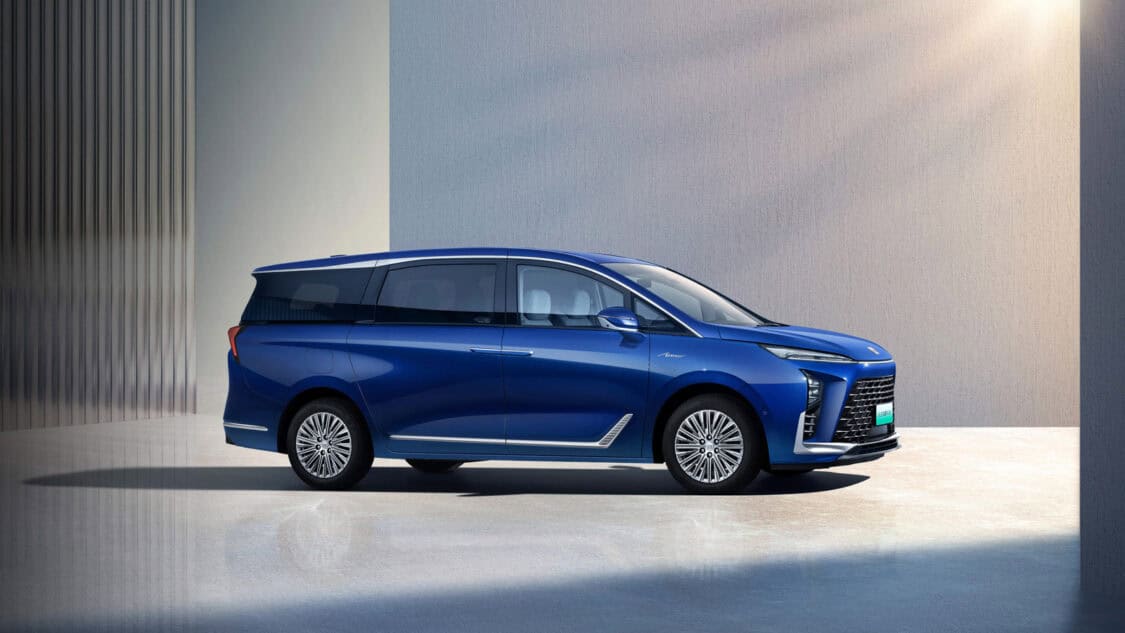
Cadillac had a solid Q3, delivering over 21,000 vehicles, while Chevrolet, delivering a smaller 8,000 vehicles, saw strong demand for its Monza hybrid sedan.
The real success story here comes from the SAIC-GM-Wuling joint venture, which delivered an impressive 328,000 vehicles in Q3 alone. Leading the pack were the Wuling Hong Guang MINI EV and Wuling BinguoEV (pronounced: Bing-go EV), with over 70,000 and 60,000 units sold, respectively.
The joint venture also hit a major milestone in August 2024, producing its 2 millionth new energy vehicle (NEV). On top of that, the newly launched Wuling Xing Guang S family SUV sold more than 9,000 units, while Baojun introduced its long-range electric SUV, the Yun Hai, offering both BEV and PHEV variants.
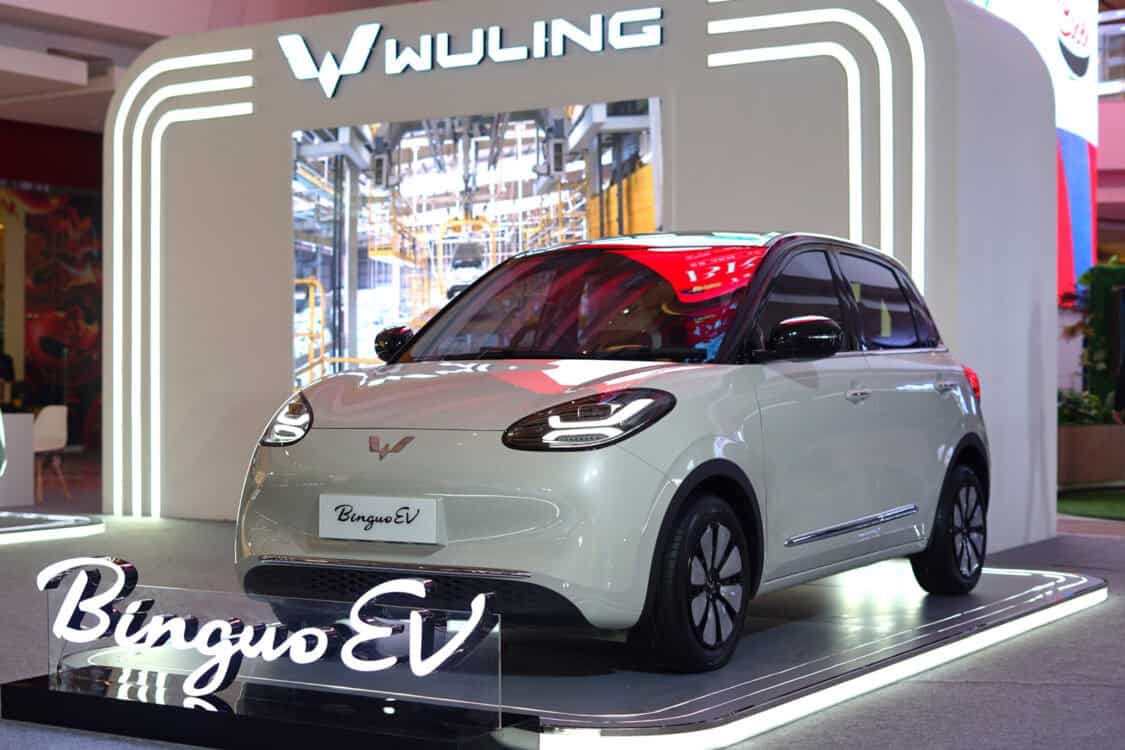
Why the Difference?
And demand isn’t the issue. Both regions have plenty of that. The real difference is how each market supports EV adoption. In China, EVs are a national priority. The government has rolled out incentives, subsidies, and a large charging network that fuels rapid growth. Meanwhile, the U.S. has been slower to provide the same level of support, which has caused lower consumer confidence and slower EV sales.
This gap is obvious in GM’s sales numbers. China’s regulations push automakers to innovate and push forward with EVs, while the U.S. struggles with outdated infrastructure and resistance from traditional automakers. GM’s success in China shows what can be achieved—if the U.S. decides to follow the same path.
ADVERTISEMENT
U.S. EV Market is Falling Behind
So, why is GM’s EV success exploding in China while the U.S. market lags behind? In a word: support. China has invested heavily in EV incentives, infrastructure, and consumer education, creating an environment that allows companies like GM to thrive. On the other hand, the U.S. is still struggling to keep up, with slower progress on charging infrastructure and inconsistent incentives across states, leaving many consumers unsure about switching to electric.
“We are building momentum for both sales volume and market share in China,” said Steve Hill, GM Senior Vice President and President of GM China. “We are taking prudent actions to return to profitability in China, by focusing on growing our sales and controlling our costs.” The company’s focus on high-volume EV sales and tight cost control shows that profitability and innovation can go hand in hand, something the U.S. market needs to adopt quickly.
What Needs to Change?
The U.S. needs to catch up, plain and simple. If GM can deliver over 224,000 NEVs in China in one quarter, there’s no reason the same can’t happen in the States. But that will require a shift, a shift in policy, infrastructure, and consumer awareness. As GM continues to dominate the Chinese EV market, it’s clear the company has the ability to meet demand and scale EV production. The U.S. needs to create the right conditions to make that happen.
Here’s the bottom line: GM has shown how successful electric vehicles can be in China when innovation gets the right support. Now, the U.S. needs to pay attention and create a similar environment that encourages EV growth in both sales and infrastructure. As consumers, we should have the same access to cleaner, more affordable transportation that’s already taking off in other countries.
ADVERTISEMENT

SOURCE | IMAGES: REUTERS, GM CHINA | BUICK CHINA, WULING
FTC: We use income-earning auto affiliate links. Learn more.


